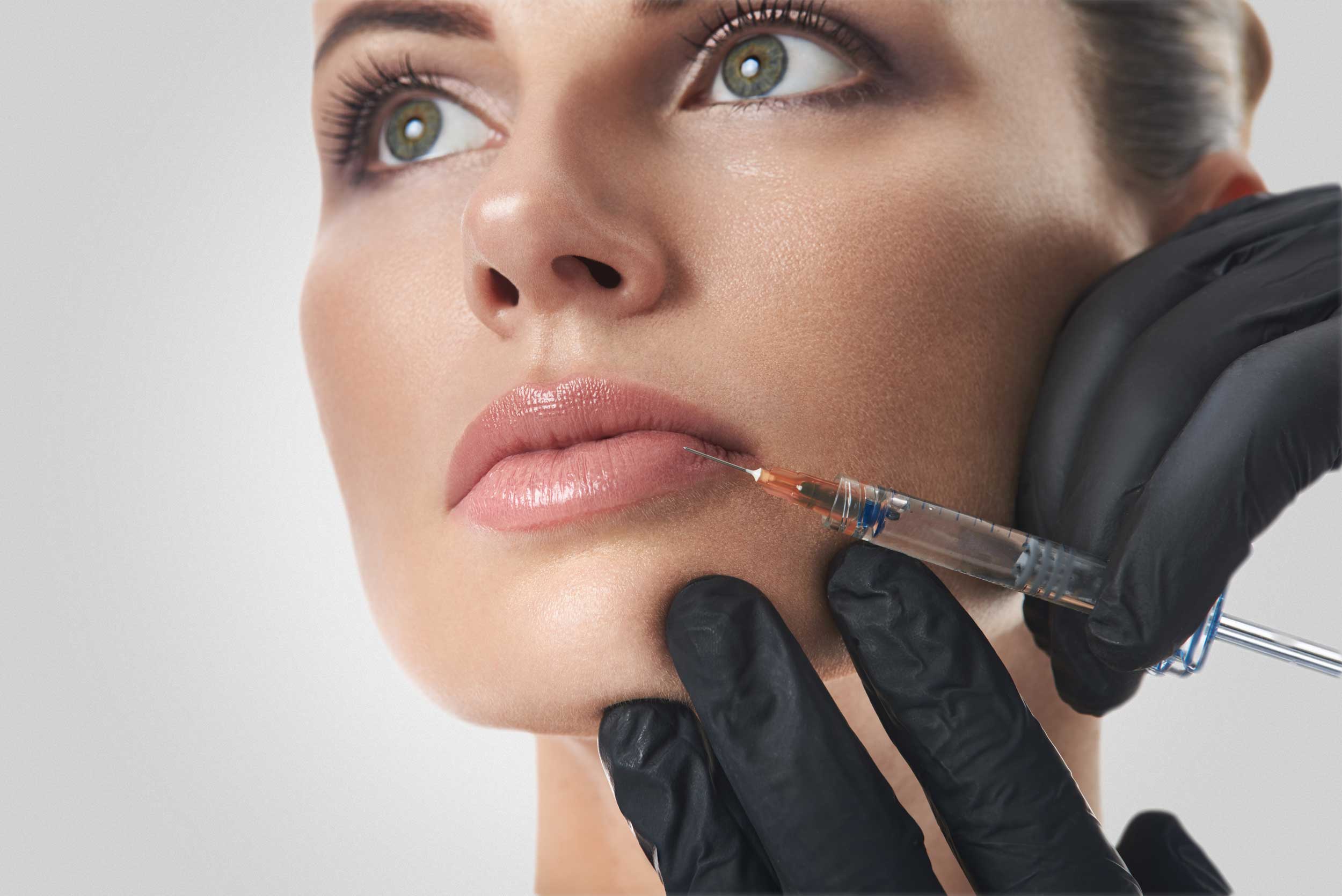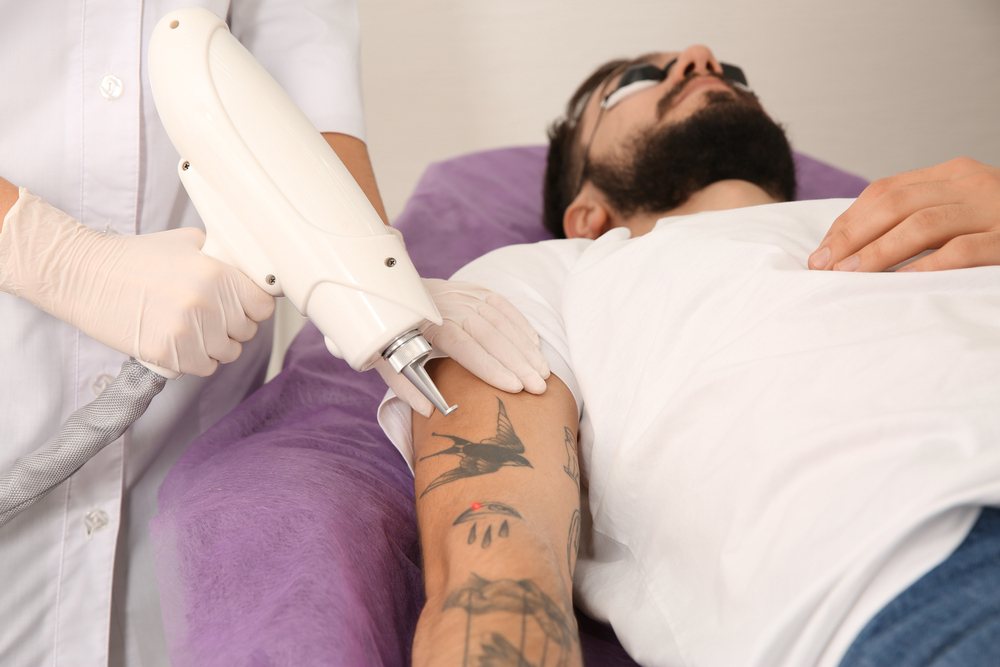
Hair loss is a common concern for many people, and it can be distressing. Understanding its causes is the first step toward effectively addressing it. Exploring effective treatment options can provide clarity and solutions.
What Causes Hair Loss?
Hair loss occurs for various reasons, often linked to genetic, hormonal, or environmental factors. The most prevalent cause is androgenetic alopecia, a hereditary condition also known as pattern baldness. It affects both men and women, leading to gradual hair thinning over time. Medical conditions such as alopecia areata (an autoimmune disorder), thyroid imbalances, and severe scalp infections can trigger the loss of hair. External factors, such as stress, poor nutrition, and certain medications, may also impair hair growth.
Who Is Most at Risk?
Some people are more prone to hair loss due to genetic, lifestyle, or situational factors. This group includes:
- Individuals with a Family History: Those with close relatives who experience pattern baldness are more likely to develop similar symptoms.
- People Experiencing Hormonal Changes: Pregnancy, menopause, or conditions like polycystic ovary syndrome (PCOS) may lead to temporary or long-term hair shedding.
- Those Under Chronic Stress: Experiencing prolonged physical or emotional stress can disrupt the hair growth cycle, leading to hair thinning.
- Individuals with Nutritional Deficiencies: Deficiencies in iron, zinc, or vitamin D can weaken hair follicles and impact hair health.
- People Undergoing Medical Treatments: Chemotherapy, radiation therapy, or medications like blood thinners are known to cause the loss of hair as a side effect.
Recognizing these risk factors can help individuals seek proactive advice to manage or prevent the loss of hair.
When Should you Seek Treatment?
While occasional shedding is natural, significant or persistent loss of hair may require professional evaluation. If you notice sudden or unusual hair thinning, bald patches, or excessive shedding during brushing, consulting a healthcare provider or dermatologist can help identify the root cause. Early intervention is particularly beneficial for conditions such as alopecia areata or severe dandruff, which can worsen without proper treatment. Individuals experiencing emotional distress due to their hair loss should try seeking medical guidance to explore effective remedies and regain confidence.
How can Treatments Help?
A variety of treatment options are available. Here are some widely used methods and their benefits:
- Topical Solutions: Medications such as minoxidil are applied directly to the scalp to stimulate hair growth and reduce further loss.
- Prescription Medications: Medications like finasteride are taken orally to block hormones contributing to pattern baldness, particularly in men.
- Medical Procedures: Treatments such as hair transplants or platelet-rich plasma (PRP) therapy involve advanced techniques to restore or promote hair growth.
- Lifestyle Adjustments: Improving nutritional intake, managing stress, and avoiding harsh hair treatments can enhance hair health over time.
- Specialized Devices: Low-level laser therapy (LLLT) devices are gaining popularity for their ability to encourage hair growth in targeted areas.
Consulting a specialist can help determine the most suitable option based on your individual needs and goals.
Take Control of Hair Loss
While hair loss can be challenging, understanding its causes and knowing when to seek help are the first steps. For those at higher risk, being mindful of potential triggers can lead to early detection and more effective management. Treatments today offer a range of solutions, from medical interventions to lifestyle strategies, that can help you regain both hair strength and confidence. Take proactive steps and explore the avenues available to address hair loss effectively./





